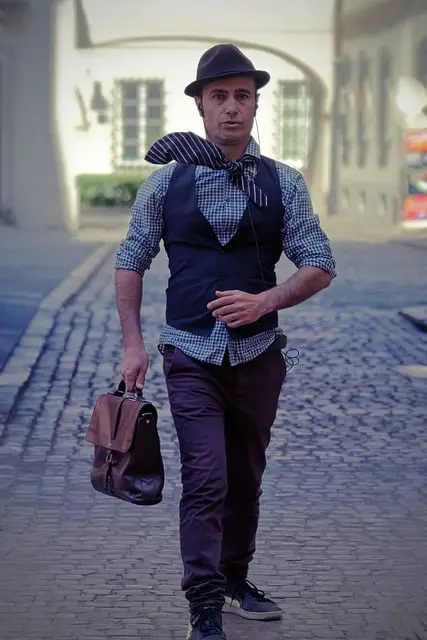Pantomime is a theatrical form with exaggerated actions and speech, while mime is a silent performance art using gestures, expressions, and movements.
TL;DR Pantomime Vs. Mime
Pantomime is a theatrical form that combines acting, singing, dancing, and comedy. It often features exaggerated gestures and expressions to convey emotions or tell a story. Pantomimes are typically performed as entertainment for children during the holiday season in countries like the United Kingdom.
Mime is a silent form of communication that focuses solely on physical movement and expression. Mimes use their bodies to create illusions and depict characters or situations without words. Mime performances can be found in various settings such as street performances or theater productions.
What is a Pantomime?

Pantomime, often referred to as “panto,” is a form of theatrical performance that originated in England during the 18th century. It combines elements of comedy, music, dance, and audience interaction to create a lively and entertaining show. Unlike traditional mime performances, pantomime incorporates spoken dialogue along with exaggerated gestures and physical comedy.
One key aspect of pantomime is its reliance on stock characters such as the hero, villain, dame (a man dressed as a woman), and the fool. These characters bring humor and charm to the story while engaging with the audience through witty banter and clever wordplay.
Pantomimes are typically performed during the holiday season in theaters across Britain. They often feature well-known fairy tales or folk stories adapted into comedic productions that appeal to both children and adults alike.
The vibrant costumes, elaborate sets, catchy songs, and dazzling choreography all contribute to creating an immersive experience for audiences. Pantomimes encourage participation from viewers who are encouraged to cheer for their favorite characters or shout warnings when danger looms.
What is a Mime?

Mime is an art form that uses physical movements, gestures, and expressions to convey a story or message without the use of words. It originated in ancient Greece and has evolved over the centuries into a unique performance style.
In mime, performers often wear white face paint and black clothing to emphasize their facial expressions and body movements. They use exaggerated actions and subtle gestures to create illusions, depict objects, or portray characters in various situations.
Mimes can bring any scenario to life through their skilled technique. Whether they are mimicking the act of climbing stairs, walking against strong winds, or interacting with imaginary objects, mimes captivate audiences with their ability to communicate solely through movement.
Unlike pantomime which often incorporates comedy and audience participation, mime focuses more on visual storytelling and evoking emotions. Mimes rely heavily on body language and facial expressions to convey meaning effectively.
Mime performances can be found in various settings such as theaters, street performances, festivals, or even corporate events. These talented artists have honed their craft through years of practice and possess an innate understanding of non-verbal communication.
Pantomime Vs. Mime – Key differences
| Criteria | Pantomime | Mime |
|---|---|---|
| Form of Expression | Theatrical performance with exaggerated actions and speech | Silent performance art using gestures, expressions, and movements |
| Speech Inclusion | Includes exaggerated verbal communication | Primarily non-verbal, no spoken words |
| Storytelling | Often involves storytelling and narrative elements | Focuses on conveying ideas without a specific narrative |
| Theatrical Setting | Commonly performed on stage with elaborate sets and costumes | Can be performed on stage, street, or in various settings with minimal props |
| Exaggeration | Emphasizes exaggerated actions for comedic or dramatic effect | Relies on subtle and precise movements for expression |
| Cultural Variations | Traditionally associated with British pantomime with specific conventions | Found in various cultures with different styles and traditions |
| Interaction with Audience | May involve direct interaction and engagement with the audience | Interaction is typically indirect, relying on visual communication |
| Music and Sound | Often accompanied by music and sound effects | Primarily relies on visual elements, without external sound accompaniment |
Image Credits
Featured Image By – Francisco Ibarra Design from Pixabay
Image 1 By – Fatih Kılıç on Unsplash
Image 2 By – Mircea – All in collections from Pixabay









